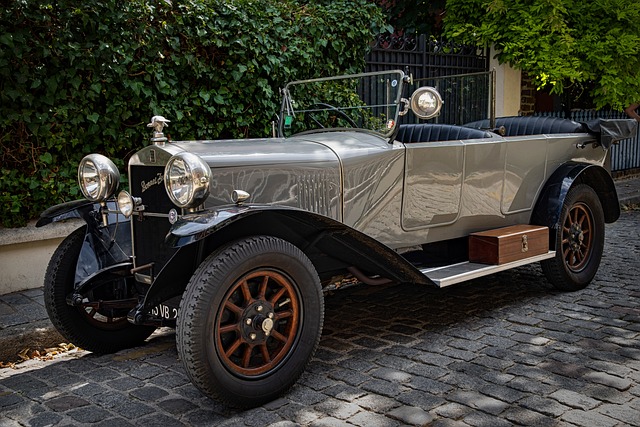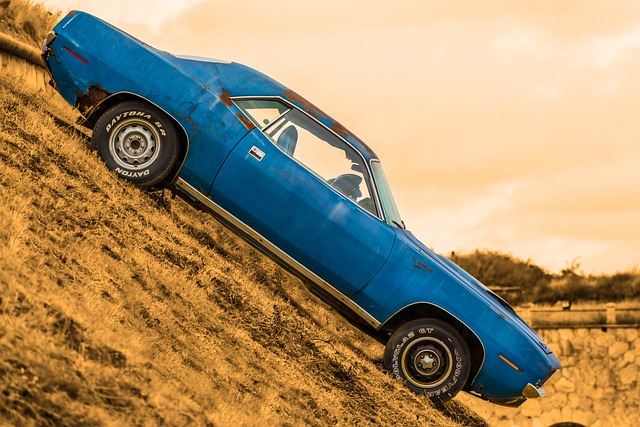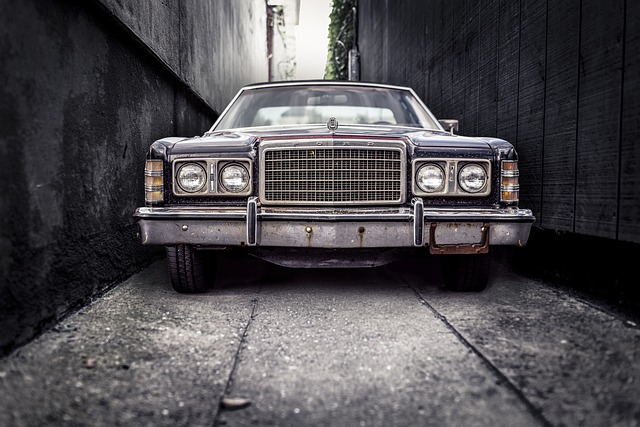TL;DR:
Shipping classic or vintage cars requires a thorough pre-shipping checklist focusing on vehicle inspection, system functionality, fluid levels, securing loose items, and documentation. Choose containerized transport for weather protection and preserve historical integrity, or open-air transport for shorter distances at lower cost, considering the potential risks to car condition.
- Understanding the Unique Considerations for Shipping Classics and Vintage Cars
- Pre-Shipping Preparation Checklist: Ensuring Your Vehicle's Safety and Condition
- Choosing the Right Shipping Method: Containerized vs. Open-Air Transport
Understanding the Unique Considerations for Shipping Classics and Vintage Cars

When preparing a classic or vintage car for shipping, there are unique considerations that go beyond the standard vehicle transportation process. These vehicles often have intricate details, rare parts, and historical value, which necessitates specialized care during transit. Shipping classic and vintage cars requires a deep understanding of their delicate nature to ensure they arrive safely and in the same exceptional condition they were in when collected.
One key aspect is ensuring proper crating and padding. Due to their age and unique shapes, these cars need customized crates that offer adequate protection from potential damage during handling and transport. Additionally, climate control is critical; temperature fluctuations can cause warping or corrosion, so specialized shipping containers equipped with climate-control systems are ideal for maintaining optimal conditions throughout the journey.
Pre-Shipping Preparation Checklist: Ensuring Your Vehicle's Safety and Condition

When preparing a classic or vintage car for shipping, a thorough pre-shipping checklist is essential to ensure its safety and maintain its condition during transit. Start by conducting a meticulous inspection of the vehicle, inside and out. Check for any signs of damage, rust, or wear and tear, addressing these issues before shipping to prevent further deterioration. Pay close attention to the engine, transmission, brakes, and electrical systems, ensuring they are in top working order.
Additionally, ensure all fluids are at the appropriate levels—brake fluid, engine oil, coolant, and windshield washer fluid. Secure loose items inside the car, such as floor mats, tools, and any other accessories, to prevent them from shifting during transport. Finally, document the current state of the vehicle with detailed photographs and a detailed description, creating a record that can be useful for insurance purposes or if any issues arise during shipping.
Choosing the Right Shipping Method: Containerized vs. Open-Air Transport

When preparing a classic or vintage car for shipping, one of the most crucial decisions is choosing the right shipping method. Two primary options exist: containerized and open-air transport. Containerization, often used for international shipments, provides an enclosed, weatherproof environment, ideal for protecting precious vehicles from harsh elements during transit. This method is particularly recommended for classic cars due to its superior security and reduced risk of damage.
In contrast, open-air transport is a more cost-effective option, suitable for shorter distances or when budget is a primary concern. However, it exposes the vehicle to direct sunlight, extreme temperatures, and potential weather conditions, making it less ideal for classic cars that require meticulous care. For shipping enthusiasts with a tight budget, open-air transport might be acceptable, but for those valuing their car’s historical integrity, containerization should be the preferred choice.
When preparing to ship a classic or vintage car, a thorough understanding of each step is essential for ensuring its safe arrival at its destination. By considering the unique needs of these valuable vehicles, completing a comprehensive pre-shipping checklist, and selecting the appropriate transport method – whether containerized or open-air – you can confidently navigate the process, securing peace of mind and the integrity of your cherished vehicle during its journey.
